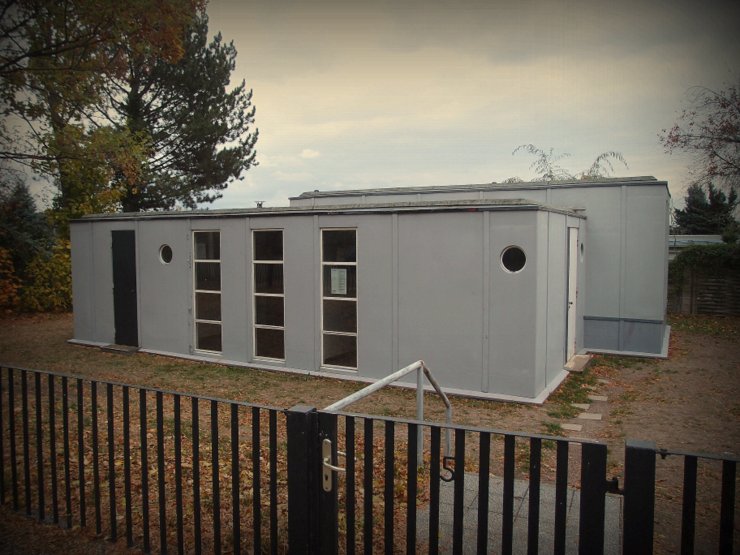
The Bauhaus movement not only experimented with light and colours. It also tested new materials. Can we build a house made of steel? Georg Muche and Richard Paulick made a steel house in Dessau-Roßlau a reality. [German]
You only see what you know (Goethe)

The Bauhaus movement not only experimented with light and colours. It also tested new materials. Can we build a house made of steel? Georg Muche and Richard Paulick made a steel house in Dessau-Roßlau a reality. [German]
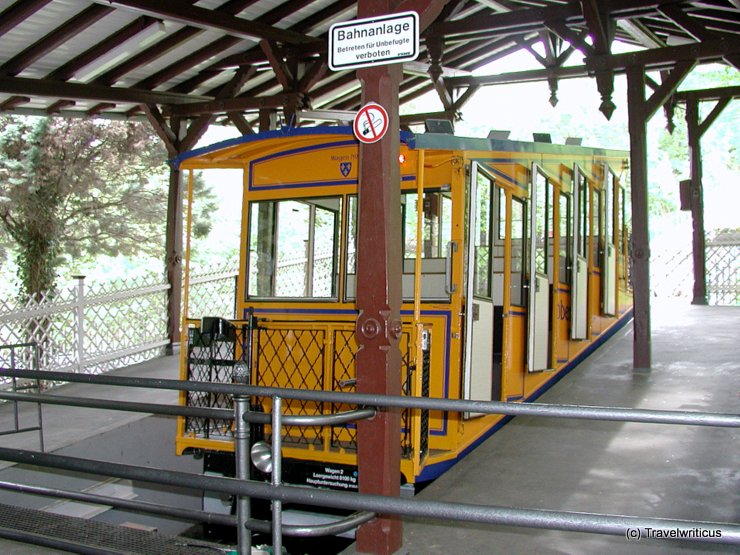
The Nerobergbahn was built in 1888 as a funicular railway driven by water counterbalancing and is still operated with this technology. It connects the Nerotal Valley with the Neroberg Hill, a lookout high over Wiesbaden. [German]
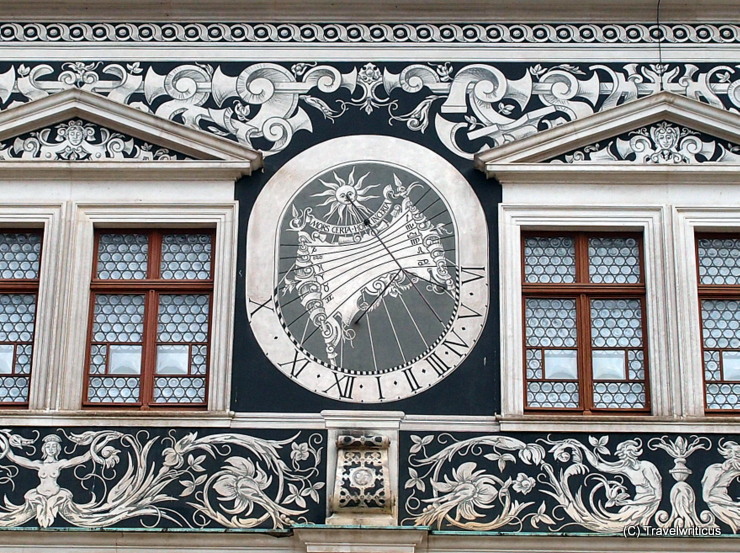
This sundial is located on the courtside of the Long Hallway (Lange Gang). The Long Hallway is the connection building between the Georgenbau and the former stable building. From here, the spectators watched the tournaments in the stable courtyard (Stallhof). [German]
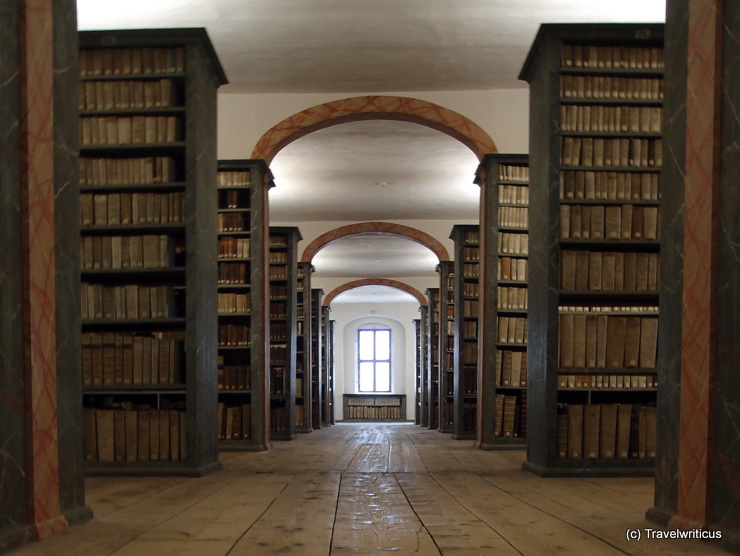
It was in Halle when I first heard the term Kulissenbibliothek. After I visited the Library Hall of the Francke Foundations, I understood the meaning of this word. The position of the bookshelves reminded me of the sceneries (Kulissen) in a theatre. [German]
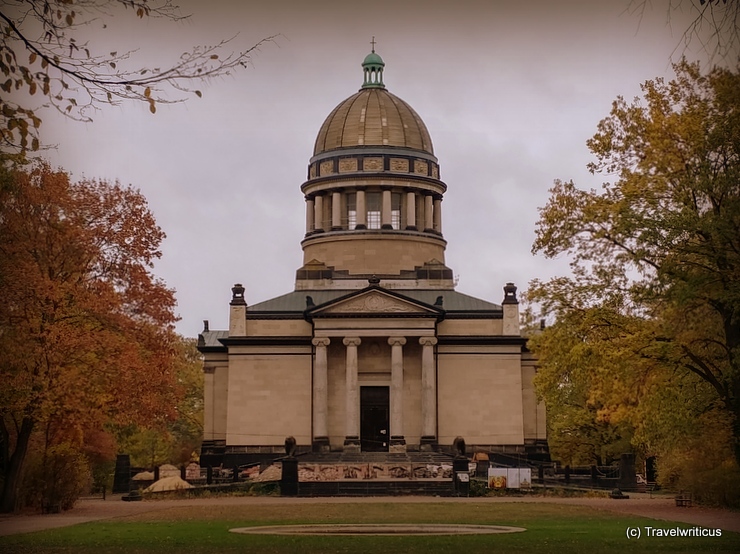
While exploring the Dessau-Wörlitz Garden Realm World Heritage Site, a Doric domed building may attract your attention. Then, you have found the former mausoleum of the Dukes of Anhalt in Dessau-Roßlau. [German]
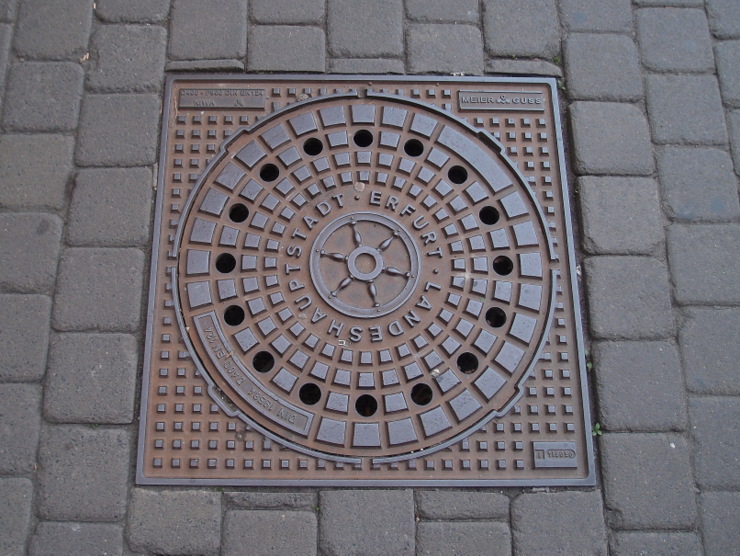
The manhole covers in Erfurt show the local city arms. The wheel in this coat of arms originates from the Wheel of Mainz (Mainzer Rad). In this way, the symbol refers to the period when Erfurt formed a part of the Electorate of Mainz. [German]
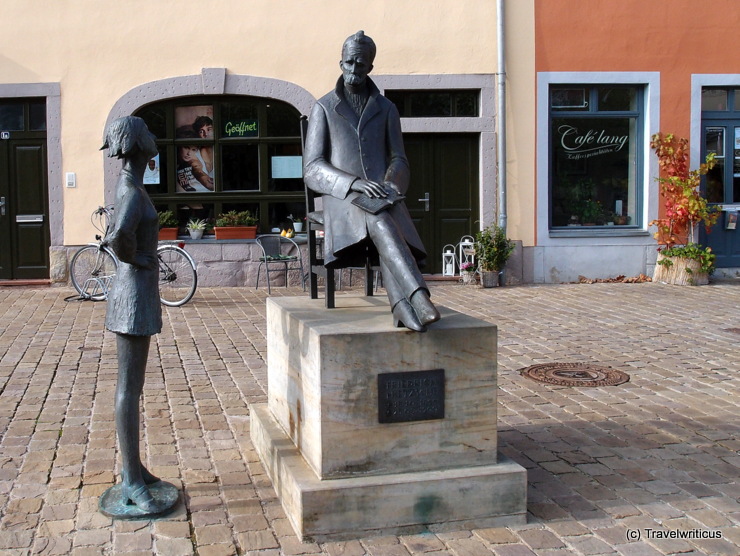
On my urban walk through Naumburg (Saale), a monument with two sculptures attracted me. A young girl stood in front of an old man with a huge moustache. The man obviously represented Friedrich Nietzsche. [German]
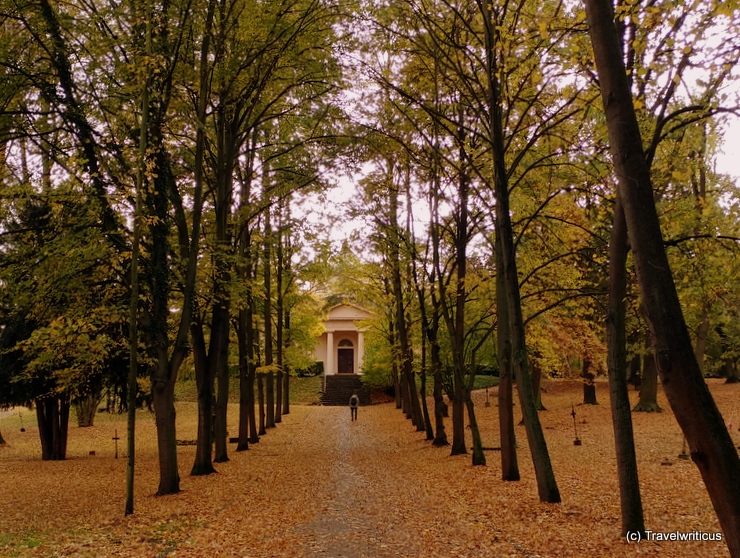
The Historic Cemetery (Historische Friedhof) is part of the World Heritage Site titled Classical Weimar. Johann Wolfgang von Goethe rests here in the Ducal Vault (Fürstengruft). [German]
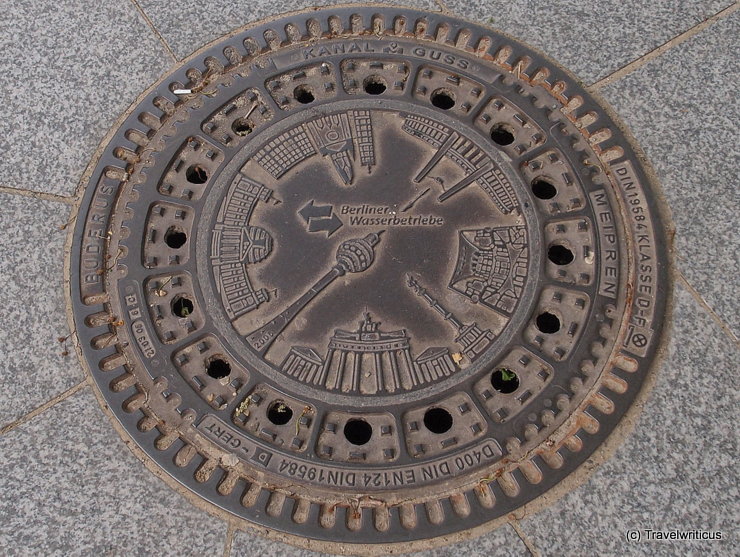
This manhole cover in Berlin displays a compilation of the main sights in the German capital. I’m surprised that the new Federal Chancellery Building (2001) is a member of this group of Berlin attractions. [German]
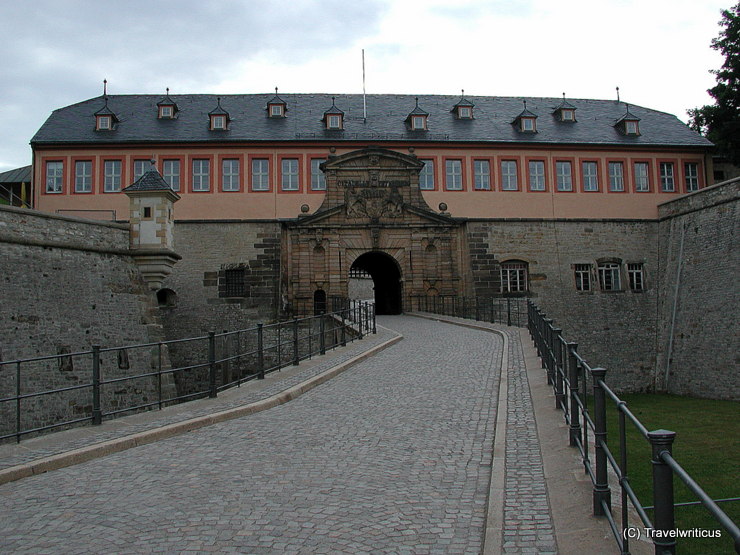
The Zitadelle Petersberg (Petersberg Citadel) is a well-preserved city fortress in the centre of Erfurt. The buildings in the Baroque style were hardly destroyed in wars and escaped demolition during city modernization in the 19th century. [German]
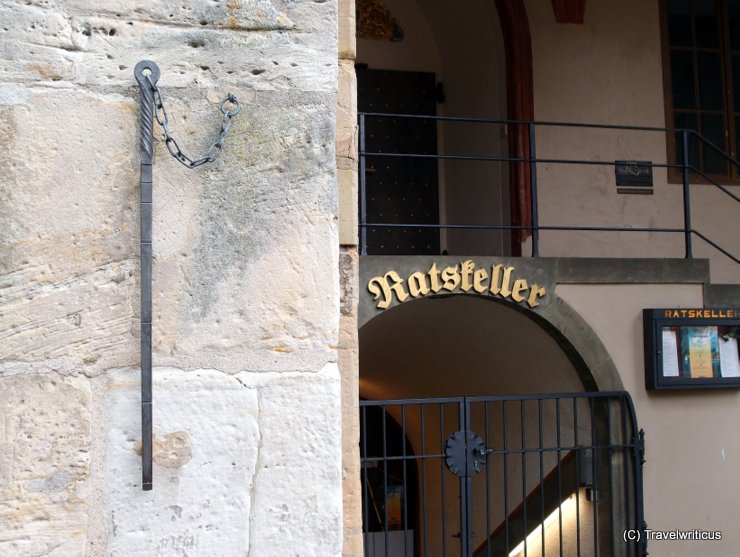
On a wall of the Hildesheim Town Hall, you find this Elle (ell). In the past, merchants on the local market square used to measure their fabrics in ells. The publicly displayed piece formed a benchmark for the correct length of the marketer’s ells.
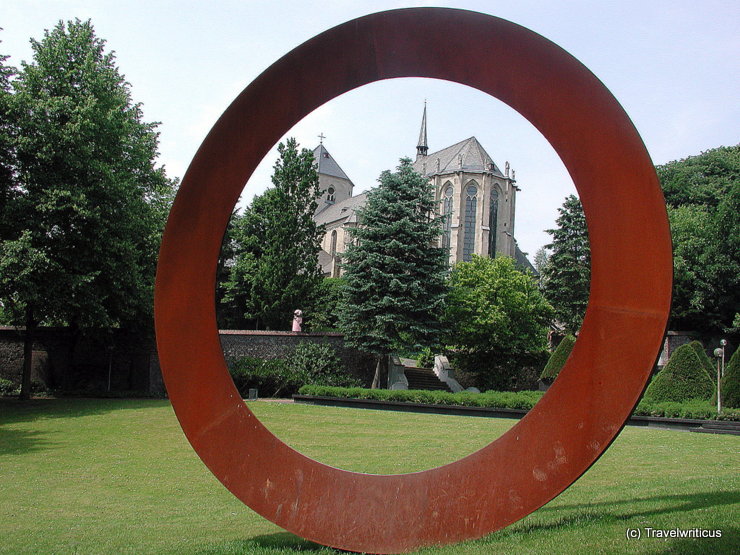
The Basilica of St. Vitus (Münster St. Vitus) stands on the Abteiberg in Mönchengladbach. The church forms, along with the town hall and the Church of the Assumption (Kirche St. Mariä Himmelfahrt), the historical city center. [German]